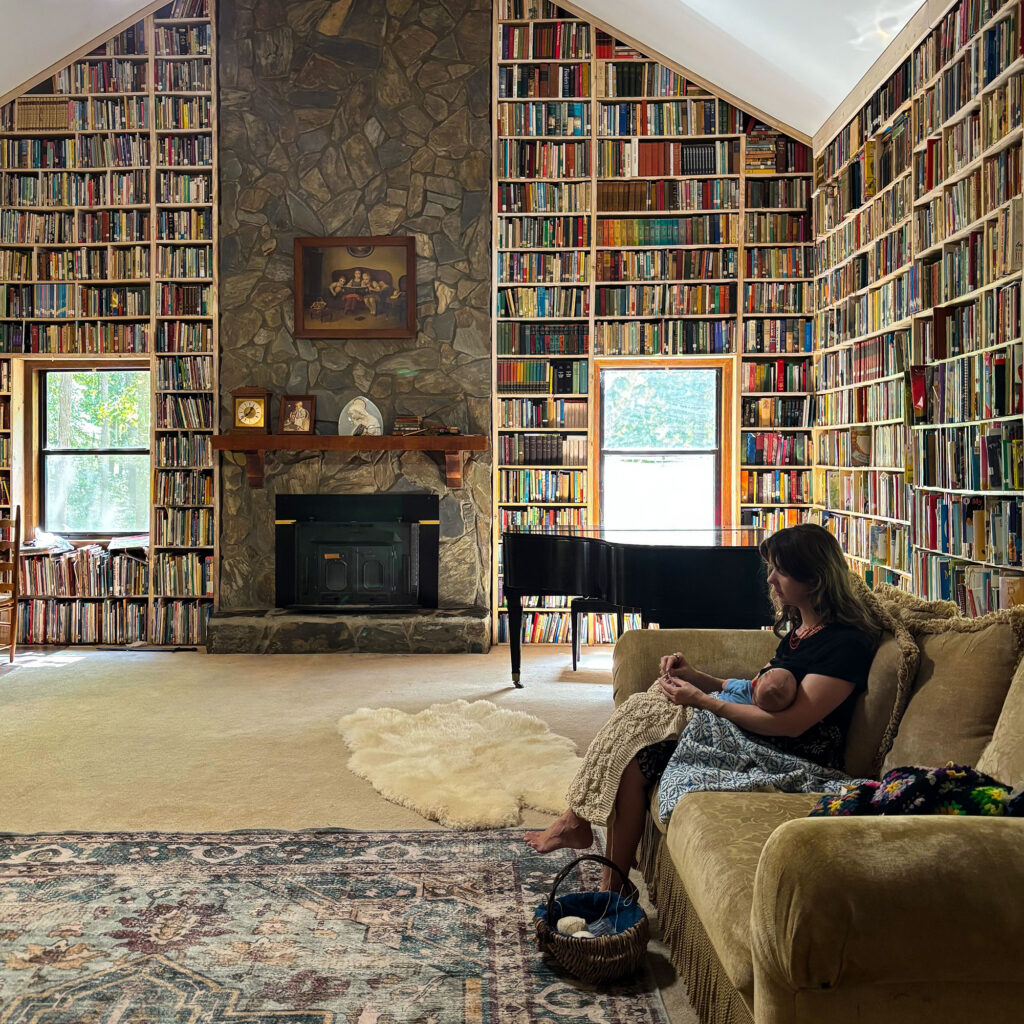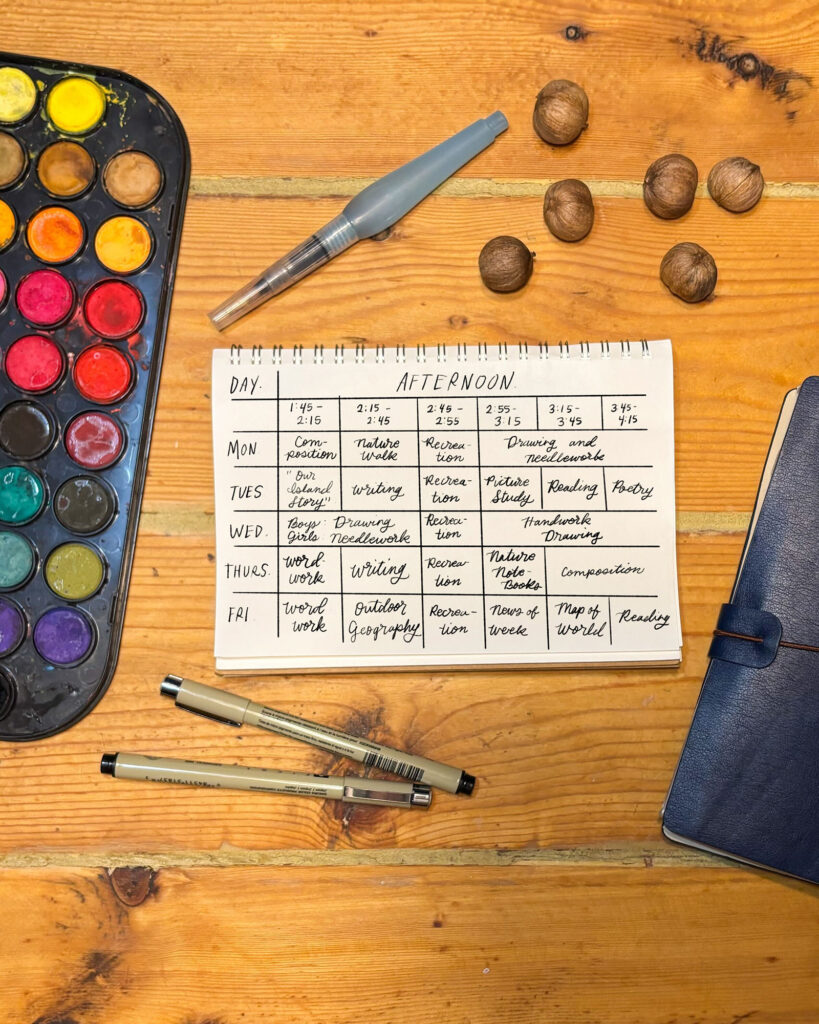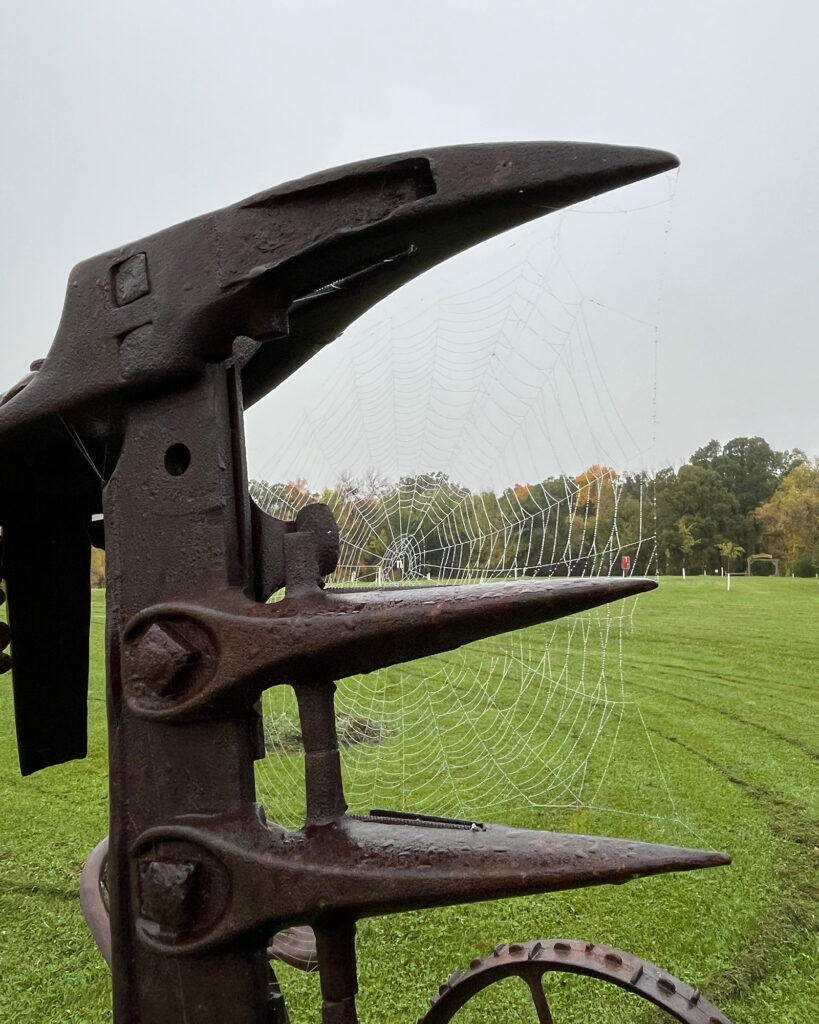The CMP Review — Week of October 6
October 6, 2025

“To the true book-lover the mere possession of books is a joy. In the same way as a lover of China delights to gaze upon the treasures of his collection, so the book-lover revels in the enlightening atmosphere of his library.”
(PR29, p. 485, Mrs. Pell)
@tessakeath
October 7, 2025

“Special time is allowed for Nature Books on the time tables of all forms in the P.U.S.” Oh really? Why have I never seen it in one?
That’s the question I (and others) have asked for years after reading “The Charm of Nature Study,” a 1931 Parents’ Review article. I simply could not reconcile this statement by a House of Education graduate with the many PNEU time tables I had seen (and that we have transcribed on the Charlotte Mason Poetry website).
And then another question came up: “How can I do narration with a large Sunday school class?” My son was asking this. Having grown up with narration, he wanted to share it with the children in his church. But how does it work with a class of twenty or more children?
And finally: “How can I, as just one parent, homeschool many children of many ages all at the same time?” When homeschoolers would ask me this question, I always felt like I was just making up an answer. I felt I could only guess what Charlotte Mason herself would say.
Imagine if one Parents’ Review article could solve all of these riddles.
At the Library of Congress this past summer I found it. Don’t miss the 1927 article by a school headmaster and true believer in the Charlotte Mason method. It’s just a click away. Find it here.
@artmiddlekauff
October 8, 2025
Did you see the time-tables in yesterday’s article, “The Group Organization”? In it we see a weekly 20-minute slot allotted to Nature Note-Notebooks in the afternoon. This was an exciting find by @artmiddlekauff. Of course, children were encouraged to make any amount of entries in their nature notebooks throughout the week.
The brush drawings in my own nature journal took, on average, 15 minutes. I had recalled reading (possibly in Essex Cholmondeley’s The Story of Charlotte Mason) that the teaching students had a precious 15 minutes scheduled for a nature journal entry. I scheduled Playtime for my sons ahead of nature journaling in order to set up the dining table with paints, water, towels, and our journals all atop a piece of flannel to protect the table. There was 15-minutes for painting, time for notes and clean-up.
Brush Drawing lessons were a separate time, and I think this made for success in our nature journaling. Learning and practicing a handful of key strokes built our muscle memory and, when strokes were combined, it seemed we could capture about any nature specimen.
Of course, we have the freedom to schedule our lessons in the way best for our own unique family. For us, the short time-block meant we couldn’t dawdle or overly finesse our entries and it also kept my young boys from the physical stress of holding a brush.
@rbaburina
October 9, 2025
Elizabeth Ellis attended Manor House School in 1940. Manor House was a PNEU school in Northern Ireland founded in 1936. The first headmistress was Claudia Shelley. Mrs. Shelley was a House of Education graduate (1912) who had also served as principal of a PNEU school in Scotland. Shelley was a contributor to the Parents’ Review, and one of her articles can be found on our website.
All the students at Manor House, of course, kept nature notebooks. Elizabeth Ellis was no exception. She saved her nature notebook after leaving school and eventually handed it down to her daughter, Heather Wadsworth. Heather was kind enough to share these images of her mother’s work as a student.
Elizabeth’s nature notebook has three main elements found in the canonical form prescribed by a Charlotte Mason education: (1) narrative descriptions of nature observations, (2) brush-drawn images of specimens, and (3) tables of flowers seen. This form had been in place for almost 50 years when Elizabeth learned it. The form is still followed by Charlotte Mason educators today.
The fact that Elizabeth kept her notebook and gave it to her daughter shows what an important possession it was to her. I think there are some important lessons we can learn from this. One is that the drawings and writings we make in a nature notebook may seem to be activities of the moment, but in fact they live on in our hearts and in the hearts of our loved ones.
A second lesson is that we don’t need to go to museums to find nature notebooks in the form developed at the House of Education. We can also find them in the homes of former PNEU students. In fact, we can even find them in the homes of Charlotte Mason educators around the world today. Anyone who keeps a notebook in this way is preserving a tradition that has touched hearts and minds for more than a century.
@artmiddlekauff
October 10, 2025

“Patient Observation.—Let me again say that this is due from us, and is not a thing we may take up or leave alone as we think fit. Let each of us undertake the patient, unflagging, day-by-day observation of the behaviour of sparrow, spider, teazel, of clouds or winds, recording what we ourselves have seen, correcting our records as we learn to be more accurate, and being very chary of conclusions. All we find out may be old knowledge, and is most likely already recorded in books; but, for us, it is new, our own discovery, our personal knowledge, a little bit of the world’s real work which we have attempted and done. However little work we do in this kind, we gain by it some of the power to appreciate, not merely beauty, but fitness, adaptation, processes. Reverence and awe grow upon us, and we are brought into a truer relation with the Almighty Worker.” (Vol IV, Bk II, pp 101–102)
@antonella.f.greco
October 11, 2025

We try to capture specimens in our nature journal the way it’s found in nature. To achieve this when painting a pinecone, place the stem-side down on the table (about a foot away) and turn your nature journal upside down to watercolor.
Find my entire tutorial on how to paint a pinecone, including video instruction, in this month’s FIRESIDE bundle from Wild + Free (by subscription). Not a subscriber? Sign up for a free content bundle at bewildandfree.org and see if it’s right for you.
@rbaburina
Image: @aolander
October 12, 2025

One of the most inspiring chapters in Book I of Ourselves is Chapter 7, on gratitude. “No other Lord of the Heart should do more to guide us into joyous and happy living than Gratitude,” writes Miss Mason. The chapter reminds us of what we should be thankful for, and it reminds me of how we should express our thanks.
What is the source of Mason’s counsel on gratitude? We find it in her poem about the ten lepers who were cleansed. She opens with a quotation from Wordsworth, and then she expresses her own thoughts on verse. It is challenging in an inspiring way, and invites us to the “joyous and happy living” of gratitude. Find it here.
@artmiddlekauff
🖼️: Christ and the Lepers by Gebhard Fugel